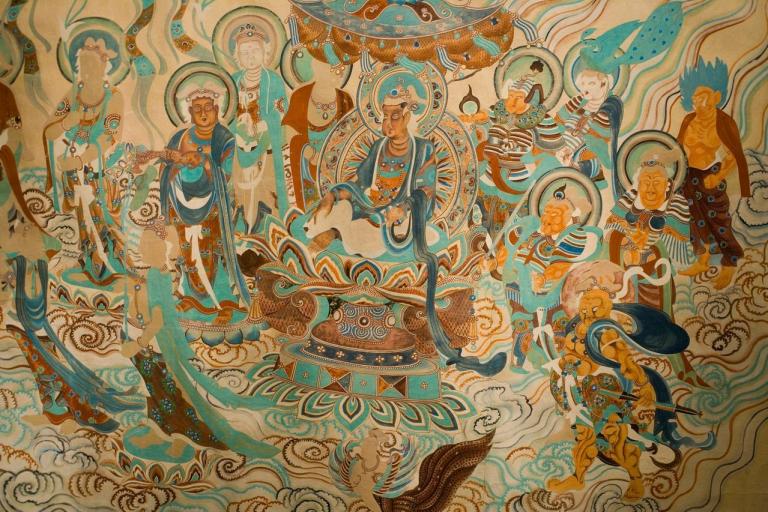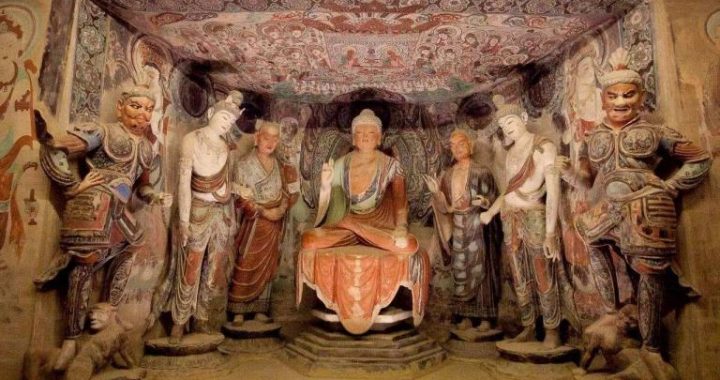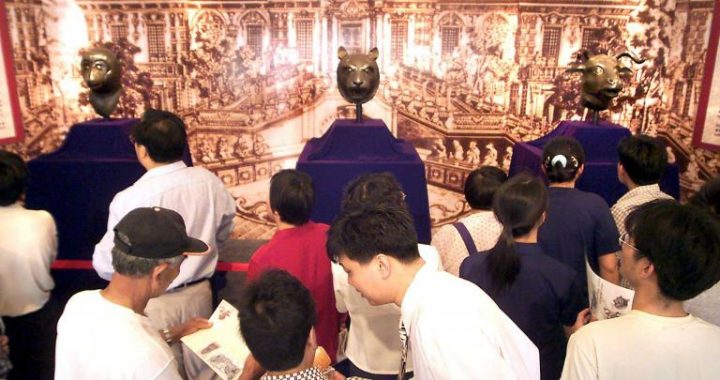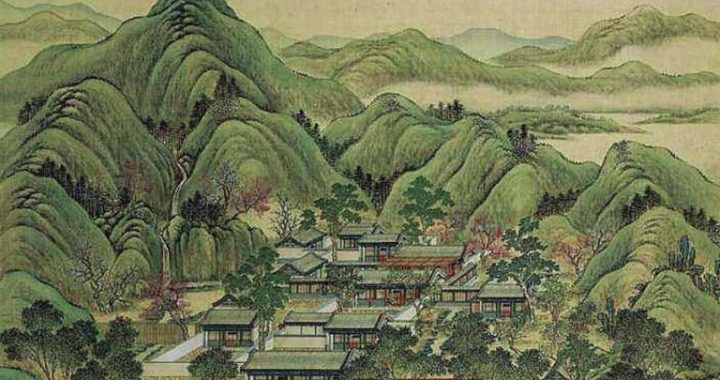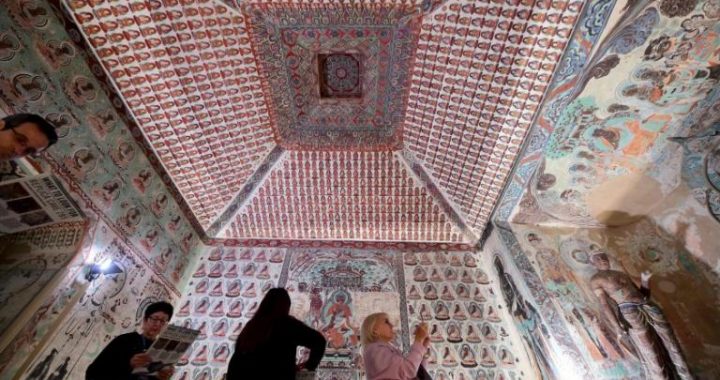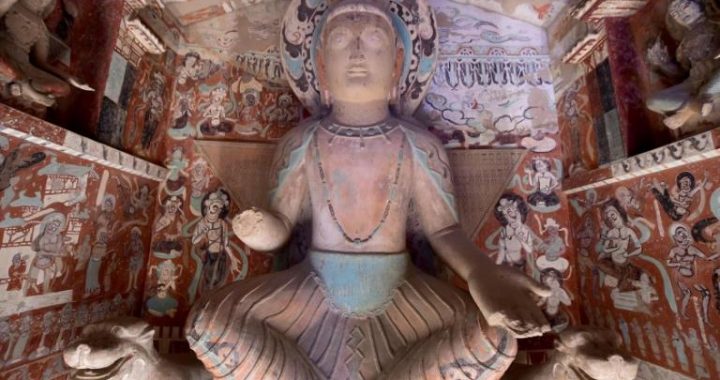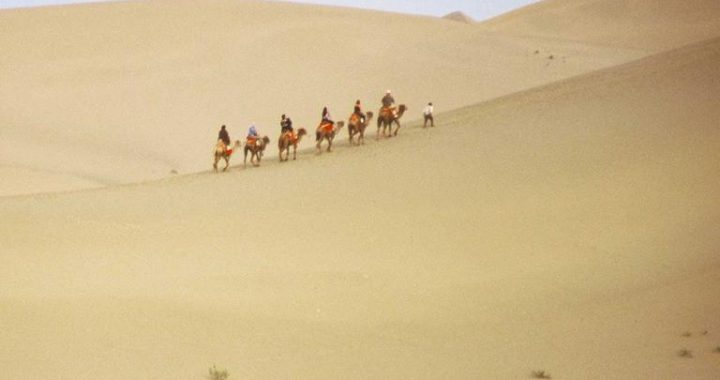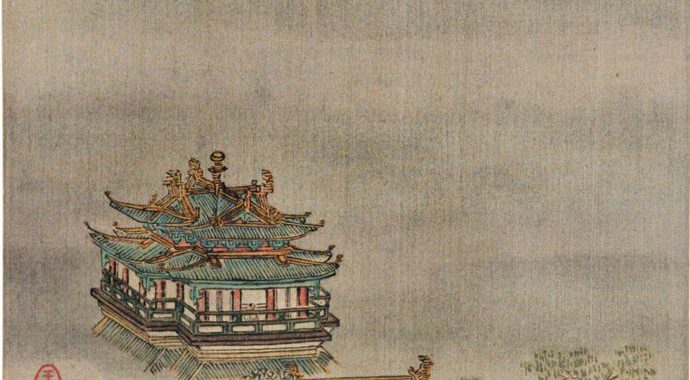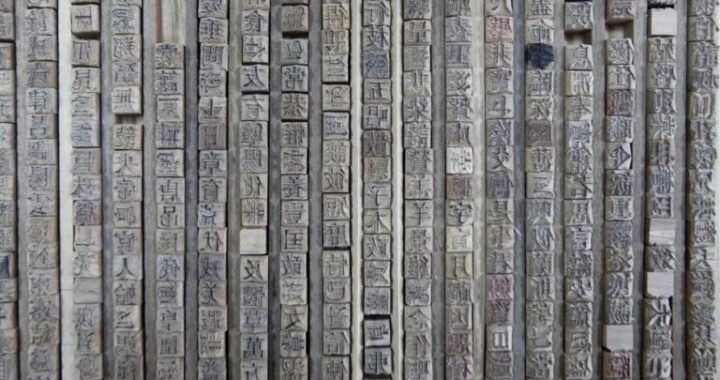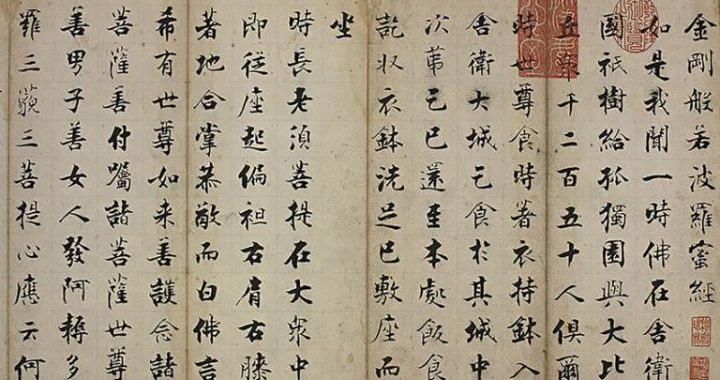Stylistic Change and Blending of Murals from the Perspectives
3 min readIt can be seen clearly from the murals in Dunhuang that paintings of different times have their own unique elements of originality, background, coloring, technique, mould, and actions, exhibiting stylistic variations and the integration and absorption of various artistic elements. For example, the images of the Buddha and bodhisattvas of Northern Liang and Northern Wei very frequently reflect the features of the Western Regions. The face and body were represented by means of the Western Regions shading technique with heavy colors so that oxidation-induced discoloration results in the peculiar effect of thick lines and a face with a white vertical line flanked by two white dots in the center-a sleeping division sign.
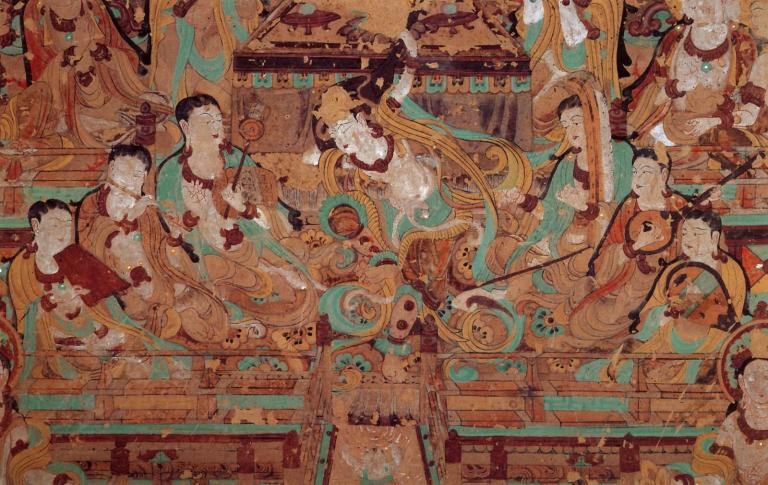
Adornments and folds appear heavy in texture and it was obviously affected by the Gandhara style. For the Northern Wei, the Taihe reform (494) served as a dividing line, the Buddha and bodhisattvas prior to it were of western origin, but then the dress secretly changed into the silk garments of the Central Plains, so that it looks soft, smooth and transparent. In the Central Plains, the expression of form by dress folds with Cao’s popular”out-of-water”technique. Following that dividing line the novel”slim and handsome”style of the south arrived and along with it came the shape and structure of houses of the Central Plains, so that at the Mogao Grottoes, an A-shaped ceiling came into view.
The Western Wei(535-546) witnessed an art blended with the dress of the Central Plains, the romantic style of celebrities of the Southern Dynasties, and the technique of representation of the Western Regions so that the Northern Wei style was utterly changed. Murals in the earlier period mainly followed the slim and handsome style, but in the later period bodhisattvas changed for loose robes with broad belts, barefooted bodhisattvas were now put on shoes, and realistic daily lif scenes were brought to the murals. In the Northern Zhou (557-581), Emperor Wu had friendly relations with the Western Regions. He married Princess Ashna of the Turks as his queen.
The communication between China and the West was strengthened and art developed from coexistence to integration. The artistic features of the Northern Zhou caves were represented as 1) the coexistence of the style of the Central Plains, in which the Buddha is slim with dress and shoes, and there is an intense decorative element and graceful taste, and the style of the Western Regions, in which the Buddha is plump and half-naked, and there is a strong sense of third dimension and grand atmosphere;2) the preference for secular dresses, so that men and women enter the world of the Buddha in their “fashionable”clothes and make an impression of strong flavor of social life;3) the rapid increase in donors, which is related with the fact that rulers of Dunhuang were mostly worthy statesmen and aristocratic offspring, however, they were painted all the same, which reflects the tendency of formulization; and 4) the appearance of nude apsaras, thirteen in total, which may be regarded as a break through traditional Chinese Confucian and Taoist rules and which is never found ever after.
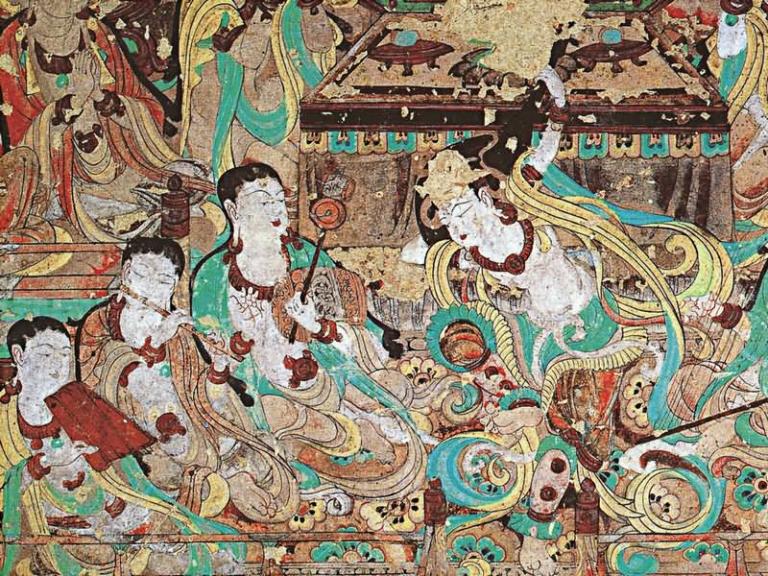
In the Sui dynasty, both styles blended together with emphasis on romantic charm and realistic expression, so the murals went towards detail and refinement; meanwhile, there was an increase of decorative patterns in the Persian Sassanian style, such as chained jewels, hunting and pair animals, which reveals the expansionof cultural communication on the Silk Road. In the Tang dynasty, murals in Dunhuang entered a period of prosperity, since the cultural exchange between China and foreign countries nourished the art of painting and, on the other hand, the rich culture of the Central Plains around Chang’ an exerted influence on the flourishing of murals in Dunhuang. Here in the caves, all techniques and subjects had made a brilliant page in the art history of China; no matter it was the Buddhist icons orthe image of ordinary people such as donors, or landscape painting, and whether the “orchid-leaf drawing”or other line-drawing techniques were applied.
